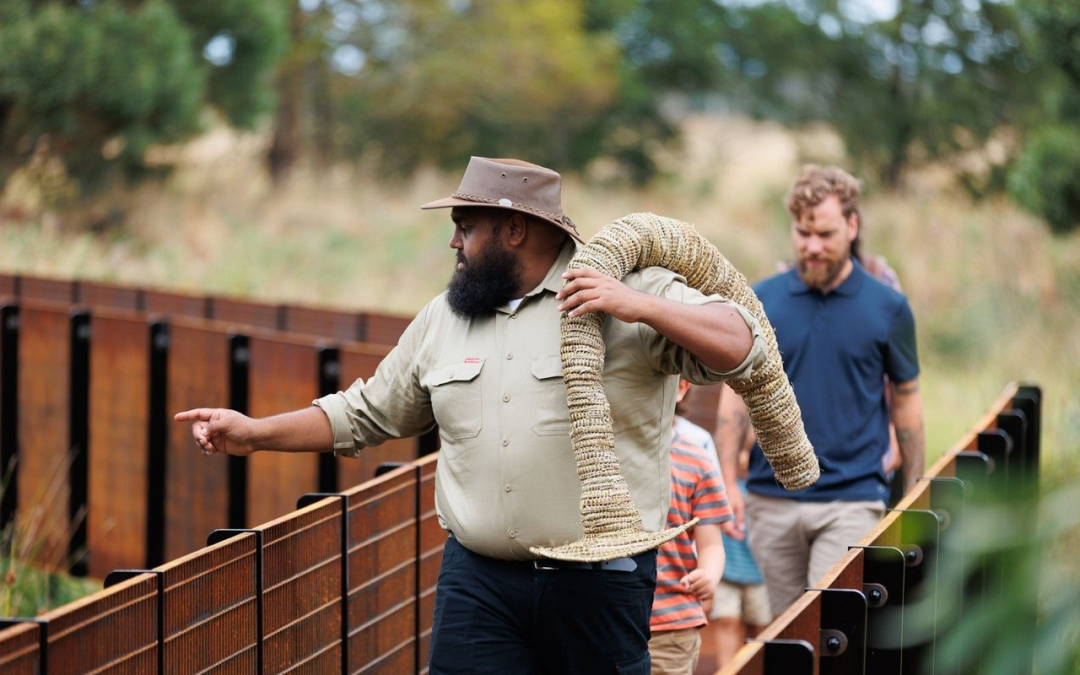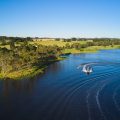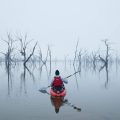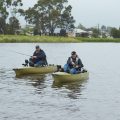Cover image credit @samabellcreative (via Insta). Budj Bim (formerly named Mount Eccles) derives from the Aboriginal Gunditjmara language, meaning high head. It is the site of a once active volcano, source of the Tyrendarra lava flow (extending over 50km) and of more recent times, a UNESCO World Heritage-listed site – the first location in Australia to receive World Heritage protection solely for its Aboriginal cultural importance. This stunning cultural landscape is home to an ancient aquaculture system, dating back 6600 years. Weirs, channels, ponds and pools spread throughout Budj Bim, patterning a complex system that has long supplied, and still does, the Aboriginal Gunditjmara people with a year-round food source. Remains of some 300 stone huts scattered throughout the spectacular environment illustrate the villages and trade that aptly accompanied this productive waterway. Budj Bim is a must-visit natural wonder. Besides being the 20th site in Australia to make the UNESCO World Heritage list (alongside the likes of Kakadu National Park, Fraser Island and the Great Barrier Reef), here are five more reasons to visit Budj Bim.
A Guided Tour of Budj Bim
Walk as a guest on Gunditjmara country with Budj Bim Tours. This eco-tour agency (based out of Heywood) offers authentic, guided tours through the Budj Bim national heritage landscape, highlighting the important history of the Gunditjmara people through the eyes of their expert Indigenous guides. There are various tour packages available, ranging from a 2.5-hour tour to a full-day tour.
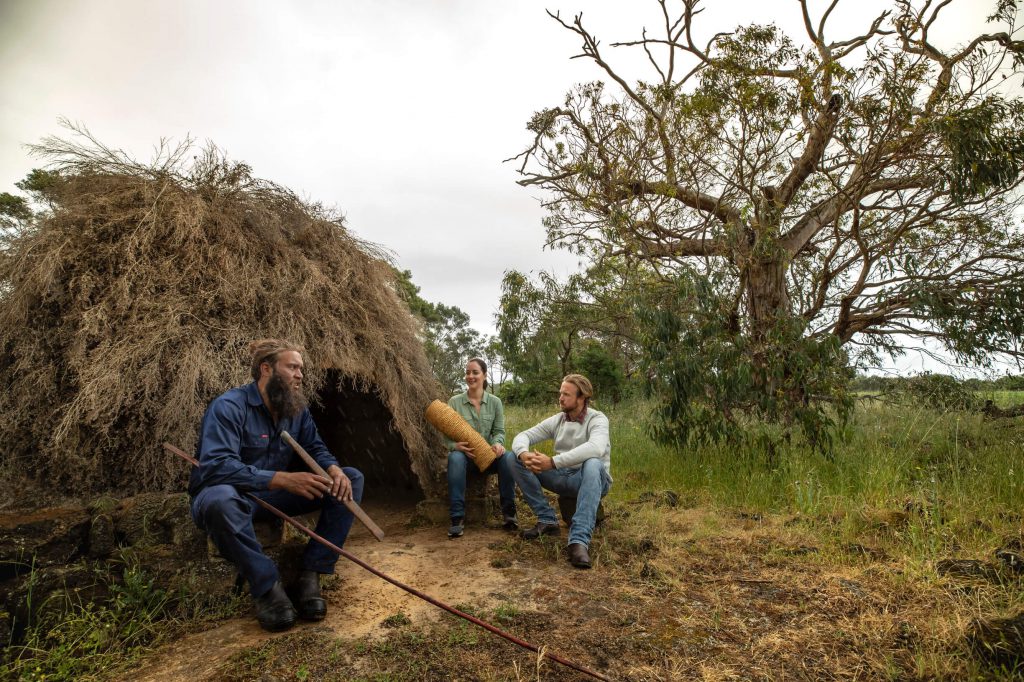
Budj Bim Cultural Tours
The Natural Bridge
Formed by fast-flowing lava movements, the Natural Bridge is a sight to behold. Walk beneath the geological span and into a spectacular moss-covered cavern. Be sure to look up, down and around because the 360-degree setting is resplendent.
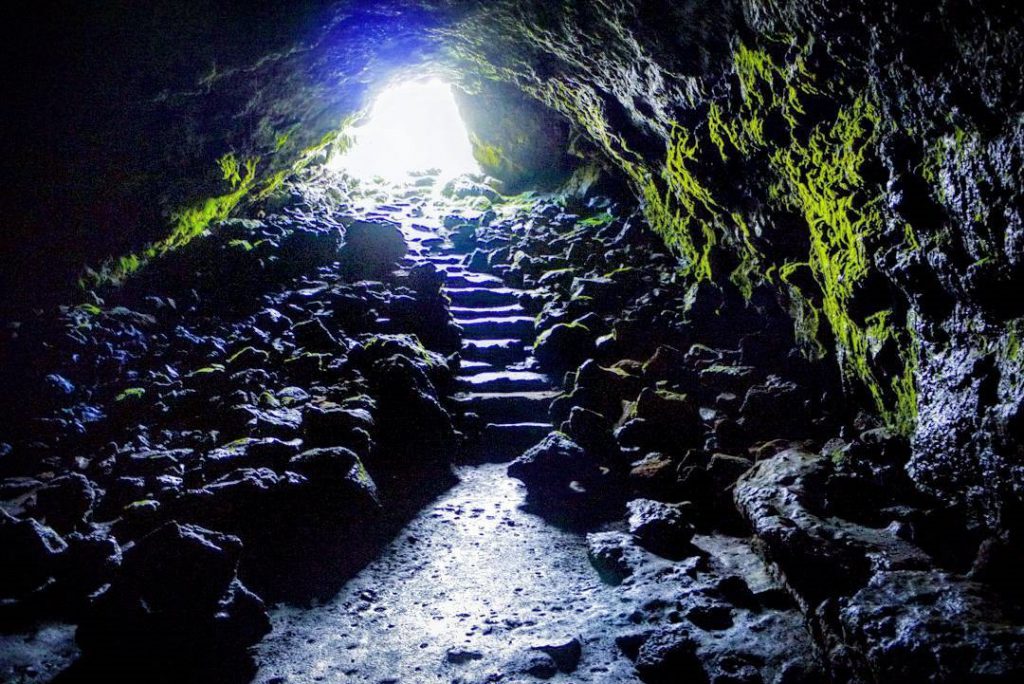
Image credit: @hiking_buns
The Lava Canal
Tread where lava once flowed millions of years ago in the spectacular Lava Canal Walk. Make sure you pop on your walking shoes as this trek is on the longer side (a 6.5km circuit) and slightly uneven underfoot (remembering the path was forged by lava).
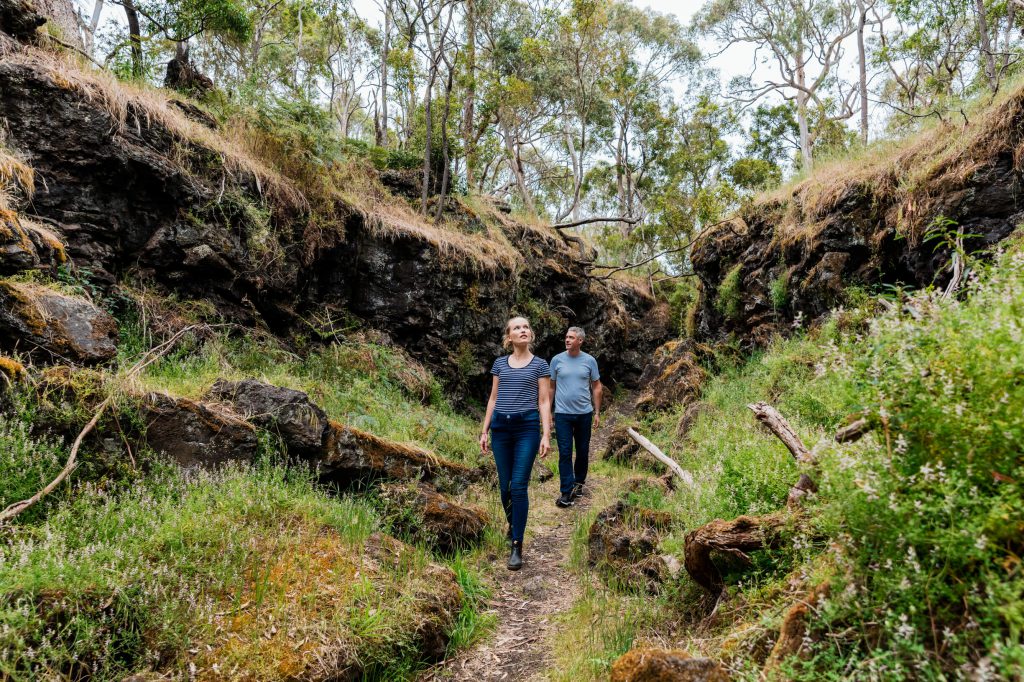
Budj Bim Lava Canal Walk
Crater Lake
Crater Lake, as the name suggests, is formed by the crater of a once active volcano. It is now definitely a much more tranquil and peaceful place than it was when eruptions and lava flow took place. The crater can be viewed along the lake’s edge or take to higher ground and look down into the magnificent depths of the bowl.
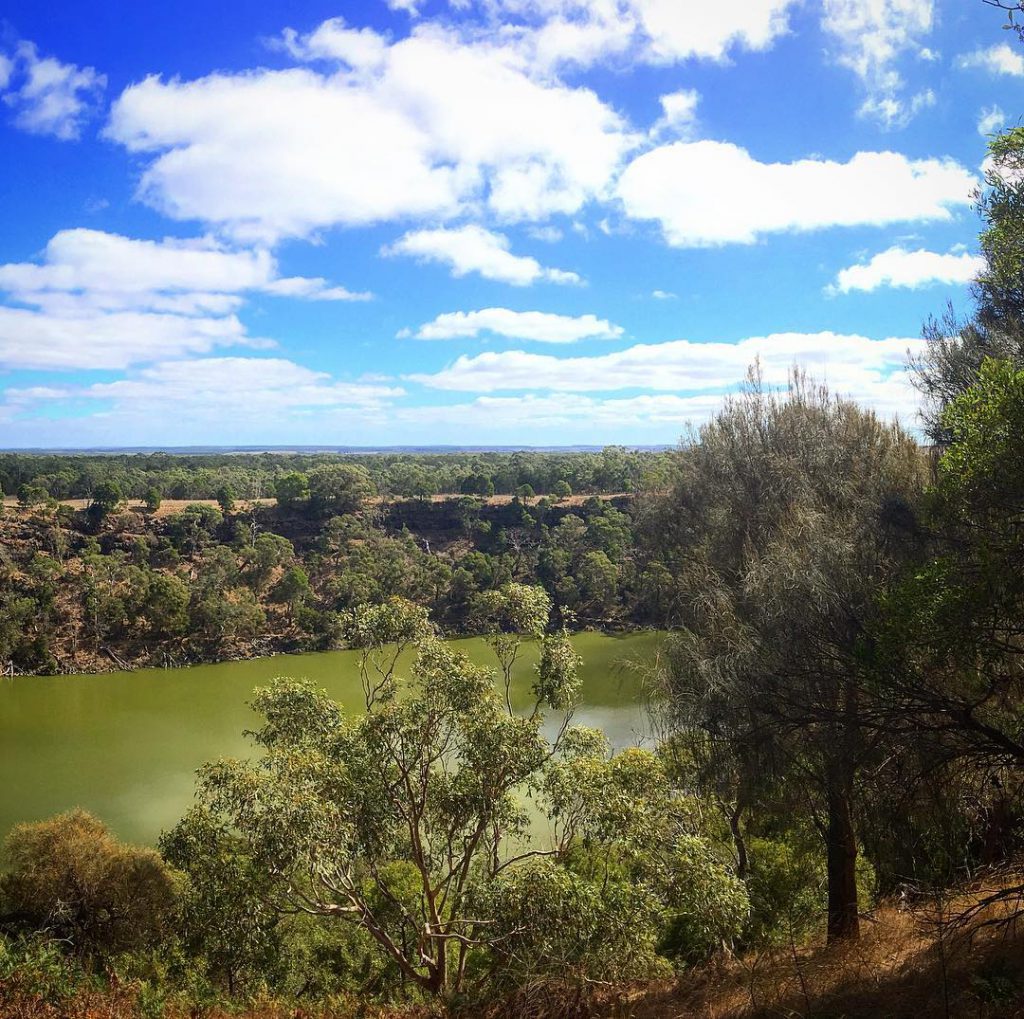
Image credit: @tracks.and.backpacks
The Lava Tubes and Lava Cave
Much like the lava canal, the lava tubes were formed millions of years ago by the flow of molten rock. This intricate underground configuration expands on from a cave that was also produced by the same powerful force of nature.
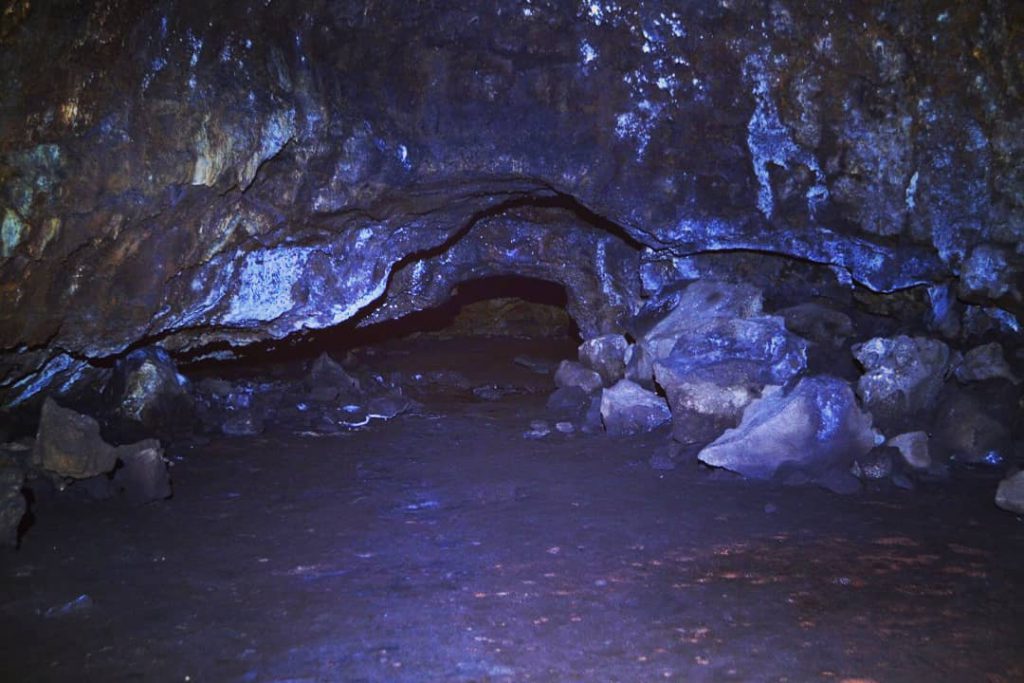
Image credit: @ambrielllx
Budj Bim National Park is Victoria’s first co-managed national park. The park is managed by Gunditjmara Traditional Owners and Parks Victoria. To learn more about Budj Bim and the surrounding Greater Hamilton region, speak to a local on 1800 807 056.



